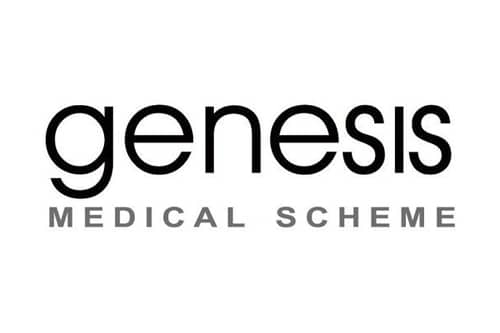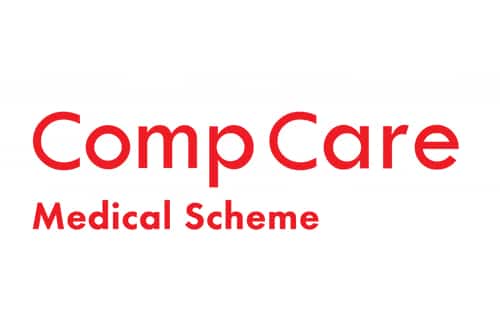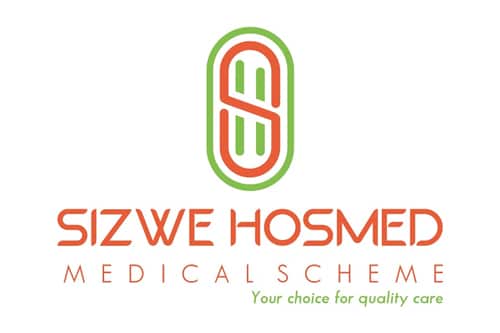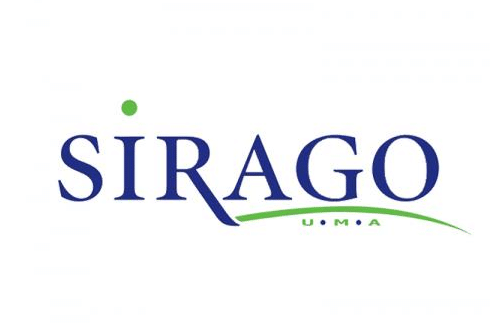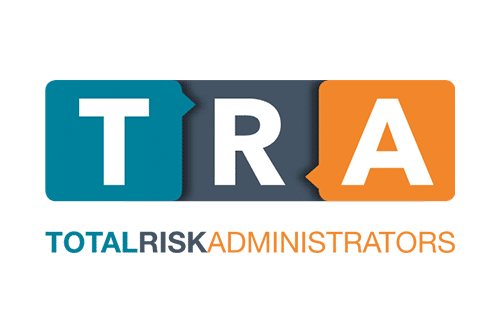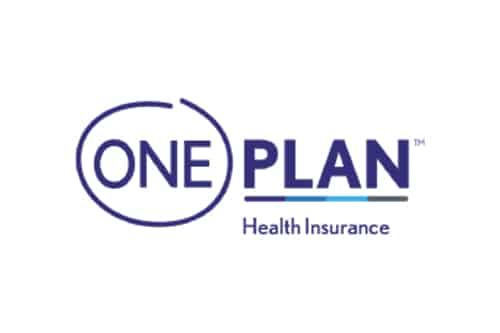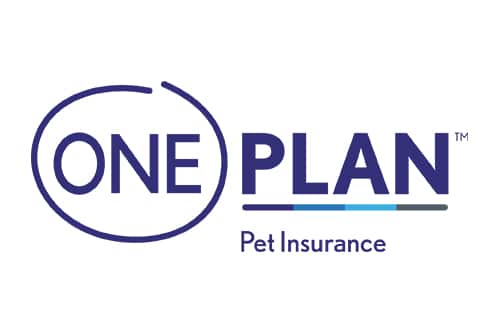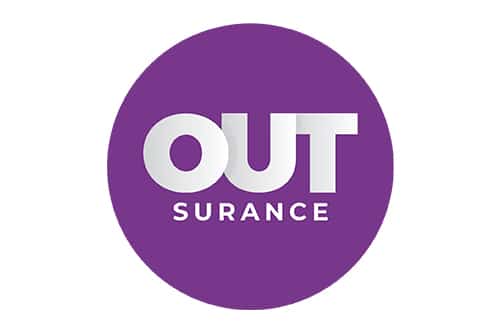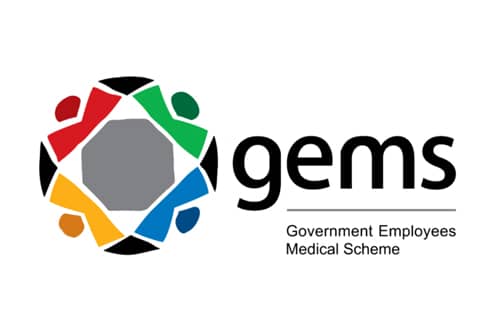
5 Best Gap Cover Options for Under R200
The 5 Best Gap Cover Options for Under R200 in South Africa revealed.
We tested them side by side and verified their gap cover options side by side.
This is a complete guide to the best gap cover options under R200 in South Africa.
In this in-depth guide you’ll learn:
- What is a Gap Cover?
- Should you have a gap cover if you already have medical aid?
- Is gap cover affordable in South Africa?
- What exactly does gap cover protection cover?
- Should you have a gap cover when you have a hospital plan?
- What benefits do you get from having gap cover?
So if you’re ready to go “all in” with the best gap cover options for under R200 in South Africa, this guide is for you.
Let’s dive right in…
Best Gap Cover Options for Under R200 (2024)
| 🩺 Medical Aid | ✔️ Offers Plans Under R200? | ⚕️ Plan Offered | 👉 Sign Up |
| 1. Sirago Gap-Lite Cover | Yes | Sirago Gap Only | 👉 Apply Now |
| 2. Momentum Gap Cover | Yes | Momentum’s Gap Cover | 👉 Apply Now |
| 3. Discovery Gap Cover | Yes | Discovery Health’s Gap Cover | 👉 Apply Now |
| 4. Old Mutual Gap Cover | Yes | Old Mutual Cover | 👉 Apply Now |
| 5. Bonitas Medgap | Yes | Bonita’s Gap Cover | 👉 Apply Now |
5 Best Gap Cover Options for Under R200 Summary
- Sirago Gap-Lite Cover – Overall, Best Gap Cover Options Under R200 in South Africa
- Momentum Gap Cover – Top Extensive Gap Cover Protection in South Africa
- Discovery Gap Cover – Broadest Range of Low-Cost Gap Cover Plans
- Old Mutual Gap Cover – Best Pay-As-You-Go Private Healthcare
- Bonitas Medgap – Best Customer Service Gap Cover
Introduction to Gap Cover

Even if you have medical aid coverage, the overall cost of medical care in South Africa remains prohibitively expensive.
What is Gap Cover
One solution for this issue, is Gap Cover, a supplemental insurance policy that can assist members of medical aid plans to bridge the gap between what their medical aid covers and what they actually have to spend out of pocket for medical expenses.
That is why Gap Cover is also known as bridge insurance because it covers or “bridges” the difference between the amount that is covered by a medical aid plan and the amount that is charged by healthcare providers through a form of insurance.
How Gap Cover Can Assist You
One of the first things Gap Cover can assist with, is costs related to any medical treatment that does not qualify as a prescribed minimum benefit (PMB), which medical aid plans in South Africa are required by law to cover.
Many of these PMBs require treatment more expensive than the aid pays for, which will leave members without adequate coverage.
Gap Cover Insurance is designed to fill this coverage void by offering supplementary financial protection against the medical expenses that are not covered by the medical aid plan.
Private insurance firms are the most common providers of gap cover insurance, which serves as a complement to medical aid plans.
In South Africa, a further advantage of gap cover is that it can contribute towards covering medical aid premiums and benefits in the event that the primary policyholder passes away.
This is of utmost significance for households in which the primary policyholder is the sole provider of financial support for the family’s healthcare costs.
It is possible that the medical aid premiums may no longer be reimbursed in the case that the primary policyholder passes away. If this occurs, the surviving members of the family would be left without medical insurance coverage. Because of the exceptionally high cost of medical treatment in South Africa, this might have a disastrous effect on one’s financial situation.
Additionally, certain gap cover plans may give extra benefits, such as a funeral benefit, which can assist in covering the costs of the policyholder’s funeral in the event that the policyholder passes away. This can be of tremendous assistance to families, many of which do not possess the financial means necessary to pay for such costs.
✅ Easy to compare medical aid schemes with benefits, prices and plans to ensure you have the right plan for your needs with our medical compare tool.
What Type of Costs are Covered by Gap Cover Insurance?
A range of medical costs that are not covered by medical aid plan but are covered by the Gap Cover Insurance policy, includes the following:
- Co-payments, a component of a member’s medical cost that the member is responsible for paying out of their own personal funds. These co-payments can be covered by gap cover insurance instead.
- Deductibles, which are a predetermined sum that the member is responsible for paying out of pocket before the medical aid plan begins to pay for the expenses of medical care. Protecting yourself from these deductibles is something that Gap Cover Insurance can do.
- It is permissible for healthcare professionals to levy costs that are more than those established under the medical aid plan. These expenditures could be covered by gap cover insurance.
- Non-PMBs, in other words medical expenses that are not paid for by the medical aid plan. Gap Cover Insurance could protect you against these non-PMBs.
- The gap between the amount that a medical aid plan pays, and the fees charged by healthcare providers – especially specialist providers.
If a claim is verified and found to be valid, the medical aid plan will pay the covered amount. After that, the participant will contact the provider of the Gap Cover Insurance and make a claim for the outstanding balance that is not covered by the medical aid plan.
It is essential to be aware that plans for Gap Cover Insurance may include restrictions on the amount of benefits that may be paid out on an annual, per-event, or per-beneficiary basis.
You might also like:
5 Best Gap Cover Options for Under R500
How to Find the Right Gap Cover Provider
It is crucial to compare gap cover providers in South Africa when looking for medical gap cover. This will allow you to verify that you are receiving the greatest coverage available at a price that is within your budget.
Here are some reasons why you should compare gap cover providers, as well as several ways to do so:
- There is a wide variety of gap cover providers, each of which offers its own unique set of advantages and coverage.
- By shopping around, you might choose a carrier that offers the coverage and benefits that are appropriate for your needs.
- The prices for gap insurance might vary substantially depending on the provider you choose and the level of coverage that you purchase.
- If you look about, you should be able to discover a plan that satisfies your requirements at a cost that is within your budgetary comfort zone.
- Many gap cover policies require their customers to wait for a certain amount of time before they begin providing coverage.
- You might choose a company that has a shorter waiting period or offers instant coverage by comparing the various suppliers.
- There is a possibility that the gap cover you obtain will be contingent on the network of healthcare professionals with which some gap cover providers collaborate.
- By evaluating several providers, you should be able to select one that has a network that include your chosen healthcare providers.
When comparing gap insurance providers, the first step is to conduct research on the various providers, the services that they offer, and at what price they offer it.
Check out their waiting times, prices, and coverage and perks, as well as their provider network.
Due to the fact that every medical aid gap cover plan will have its own unique set of advantages, it is essential to do a comparison of the benefits offered by each plan at a certain cost. Look for plans that include coverage for co-payments, excess payments, and expenditures incurred outside of hospitals but are still affordable.
Some plans may also cover services such as counselling or transportation to medical facilities in case of an emergency, but they will be more expensive.
When evaluating different alternatives for medical aid gap cover, it is essential to take into account the quality of customer care provided by each supplier. Look for organisations who have a solid reputation for providing excellent customer service, have personnel that is courteous, and have rapid response times.
The Final Choice: Determine Which Gap Cover Plan Is Right for You
It is further challenging to select the appropriate gap cover plan because there are many different kinds of plans available on the market, each with its own set of characteristics, advantages, and costs attached.
The following categories of gap cover policies are among the most common types:
- Your medical aid plan may not cover all of your in-hospital medical charges, but you can purchase a plan called Basic Gap Cover that will cover some of those costs. The premiums for basic gap cover policies are often lower than those for more comprehensive plans, but these plans offer a smaller number of benefits.
- Comprehensive Gap Cover is a form of plan that offers more broad coverage for in-hospital medical bills, in addition to some outpatient charges and co-payments. This type of plan may also cover certain outpatient expenses. The premiums for comprehensive gap cover policies are often more than those for basic plans.
- Top-up Gap protection is a sort of plan that is meant to augment the protection that is given by your medical aid programme, particularly for operations or treatments that are costly. Top-up gap cover policies are beneficial for people who already have a comprehensive medical aid plan but want additional protection against excessive medical bills.
- A disease-specific gap cover is a type of plan that offers coverage for certain medical illnesses or treatments, such as therapy for cancer or long-term medication. People who have a greater chance of acquiring certain medical diseases or who require continuing treatment for a particular ailment may benefit from disease-specific gap cover plans.
5 of the Best Known Gap Cover Options for Under R200
It speaks for itself that the cheapest Gap Cover plans would not provide comprehensive cover. Here is a list of the very cheapest plans, some with monthly premiums less than R200:
1. Sirago Gap-Lite Cover

Sirago Gap-Lite Cover is a good gap cover for the younger generation since it is designed for young individuals and families. Medical aid shortfalls are covered at up to 250% of the scheme rate, based on an overall annual limit of R183,000 per person.
Benefits include limited co-payment cover for hospital admissions, scans, surgical procedures and the use of non-designated service providers. There’s basic cover for the treatments of PMBs at non-DSPs and procedures conducted in day hospitals or doctors’ rooms.
It includes a cancer-boost benefit, new-born baby benefit, and emergency room and preventative care cover.
The current monthly premiums for Sirago Gap Only are R131 – R172 for individuals of 64 years of age and younger. The current monthly premiums for Sirago Gap-Lite are R234 for, and R339 for families if all are under 64.
2. Momentum Gap Cover

Importantly, Momentum’s gap cover allows beneficiaries to bridge the gap of any unexpected medical costs shortfall. If you are 30 years or younger, you can get a cover of R219 per month, which will afford you benefits of up to R178,000 per annum, trauma and bereavement counselling included.
3. Discovery Gap Cover

Starting from R143 per covered member, Discovery Health’s gap cover benefits include cover for shortfall approved emergency international claims, pays 250% of the medical scheme rate on the core option and 500% on the comprehensive option.
4. Old Mutual Gap Cover

R225 per month gets you the Old Mutual cover even if you and your spouse are on different medical aid schemes. Medical tests for this cover are not compulsory and its benefits package includes shortfall payments of up to 100% on maxillofacial or spinal surgery. The Old Mutual Gap Cover is an essential option for medical cover.
5. Bonitas Medgap

Bonitas offers its members the most affordable gap cover packages from a premium rate of R226 for individuals and R334 for families in the supreme package. It covers hospitalisation fess and medical treatment expenses.
Read more : 5 Best Gap Cover Options for Under R300
FAQs
Does a gap cover finance in-hospital expenses only?
There are a few gap cover companies that only cover in-hospital expenses while others cover more, depending on the plan you chose.
How long do you have to wait for Gap Cover benefits?
A general waiting period of three months applies to benefits offered by most companies.
Who offers the best gap cover in South Africa?
The best gap cover will depend on what your needs are and what you can afford.
Is shortfall insurance and gap cover the same thing?
Yes, shortfall insurance and gap cover is the same, and covers additional medical costs, or the difference between the fees charged by specialists and the funds provided by the medical aid.
Can I Get Gap Cover if I Have a Pre-Existing Condition?
Yes, you can still get gap cover if you have a pre-existing condition, but you may have to undergo a waiting period or exclusion for that pre-existing condition.









